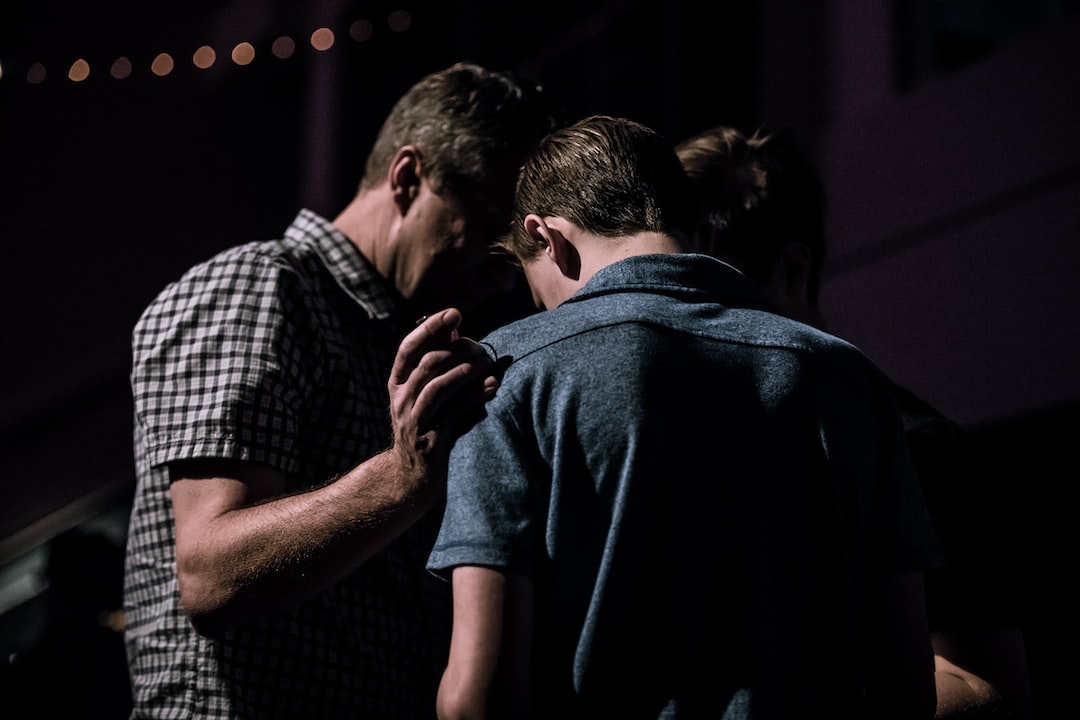Effective Communication Strategies for Strengthening Community Bonds
Building a strong and vibrant community requires more than just physical infrastructure; it demands meaningful connections and effective communication among its members. Communities thrive when individuals can share their ideas, voice their concerns, and collaborate on common goals. In this blog post, we will explore some key communication strategies that can help strengthen community bonds.
1. Active Listening:
One of the most crucial aspects of effective communication is active listening. It involves giving undivided attention to the speaker and understanding their perspective without interruption. By actively listening, we create a safe space for community members to express themselves, fostering empathy and understanding. This technique encourages dialogue and strengthens bonds by ensuring everyone feels valued and heard.
2. Transparency:
Open and honest communication builds trust within a community. Transparency is essential, especially in community decision-making processes. Sharing information, plans, and policies with community members creates a sense of ownership and inclusion. This can be achieved through town hall meetings, newsletters, or online platforms where residents can access relevant information and actively participate in discussions.
3. Cultural Sensitivity:
Communities are often diverse, with members hailing from various cultural backgrounds. Embracing cultural sensitivity in communication plays a pivotal role in strengthening community bonds. It means promoting acceptance, respecting differences, and understanding diverse perspectives. By appreciating the richness of cultural diversity, communities can foster an inclusive environment where everyone’s voice is heard and valued.
4. Use of Technology:
In today’s digital age, technology plays a significant role in enhancing communication within communities. Utilizing online platforms, social media, and community websites can facilitate information sharing, community organization, and collaboration. These platforms offer opportunities for creating virtual communities, initiating discussions, sharing ideas, and organizing events. Embracing technology as a communication tool ensures that information reaches a wide range of community members quickly and effectively.
5. Building Relationships:
Strong community bonds can only be formed through the active participation and collaboration of its members. Building relationships is crucial to fostering a sense of belonging and strengthening community ties. Encouraging social events, volunteering initiatives, or club activities can create spaces where people can connect, share experiences, and build relationships. These occasions facilitate informal communication, allowing individuals to bond over shared interests or common goals.
6. Conflict Resolution:
Conflicts may arise in any community setting, and how they are handled greatly impacts community cohesion. Establishing effective conflict resolution mechanisms helps community members address disagreements in a constructive manner. Offering mediation, encouraging dialogue, and creating safe spaces for open discussion are crucial when resolving conflicts. By focusing on mutual understanding and finding common ground, communities can navigate through conflicts without compromising unity.
7. Empowering Community Leaders:
Leadership plays a vital role in driving effective communication strategies within a community. Empowering community leaders ensures that they are equipped with the necessary tools and skills to foster healthy communication practices. Providing leadership training, organizing workshops, or mentoring programs can help community leaders effectively communicate with their constituents, encouraging active participation and engagement.
8. Celebrating Achievements:
Recognizing and celebrating community achievements can go a long way in enhancing community bonds. By highlighting successes, individuals feel valued and motivated to continue contributing to the well-being of the community. Organizing award ceremonies, community appreciation events, or public acknowledgments can create a positive atmosphere and reinforce a sense of belonging and purpose within the community.
In conclusion, effective communication is the cornerstone for building and maintaining strong community bonds. Active listening, transparency, cultural sensitivity, technology utilization, relationship-building, conflict resolution, empowering community leaders, and celebrating achievements are all critical strategies to enhance communication within a community. By proactively implementing these strategies, communities can foster a sense of inclusion, trust, and cooperation, ultimately leading to a vibrant and thriving community.

